 he bigles jointed very well, with just some neglectable tiny defects, port and starboard pairs match perfectly. Before putting them all together to form the initial boat shape, I applied a layer of penetrating epoxy (epoxy thinned with xylene), taking care so that the amount of epoxy used won’t exceed 0.6 kg overall. For this job, I use a kind of elastic epoxy with the B5 slow hardener. There’re two kinds of epoxy: one hard and one elastic, with at least 3, 4 kinds of hardener available in the local market.
he bigles jointed very well, with just some neglectable tiny defects, port and starboard pairs match perfectly. Before putting them all together to form the initial boat shape, I applied a layer of penetrating epoxy (epoxy thinned with xylene), taking care so that the amount of epoxy used won’t exceed 0.6 kg overall. For this job, I use a kind of elastic epoxy with the B5 slow hardener. There’re two kinds of epoxy: one hard and one elastic, with at least 3, 4 kinds of hardener available in the local market.
I put a layer of fiberglass to the internal side of each joints before stitching the bilges. The deck is quite easy to form, since it’s very well geometrically – defined, I don’t even need to use steel wire and thus, avoid the unpleasant job of drilling holes, just duct tape over the edges, then dully apply the putty onto the bevelled seams. The hull is not that simple, with wires to fasten particularly at the two ends. Check the geometry of the overall shape, fasten the wires tight, then fill the seams with putty.
Cares are taken to use as little putty as possible, as I especially long for this to be a light boat. The same steps as in my previous boats, but done by more skillful hands 😀. Actually, I sometimes feel bored with those same things having been been done 4 times already, I should be planning for another boat in a different building method. But sure, not until I could feel I’m good enough at the current method, if you’re not “up to the level” yet, you would probably done wrong with whatever method used.
Serene – 1 p1
Serene – 1 p2
Serene – 1 p3
Serene – 1 p4
I wouldn’t advocate the use of thinned (penetrating) epoxy here, using it or not depends on the specific situations. In general, it should be avoided as it would add much more weight to the final product. However, the plywood available to me is not of marine – grade quality.
It’s made of a kind of “tea tree” wood, though apparently has some tensile strength, is quite porous and indeed lacks compressive strength. To compensate, some penetrating epoxy would help the plywood to become more firm and prevent delaminating in the long run.

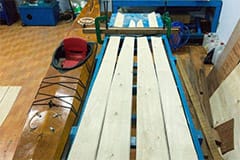
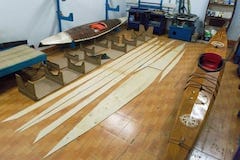
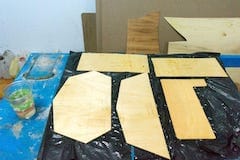
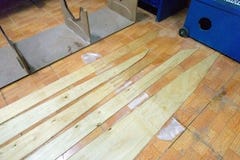
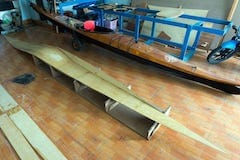
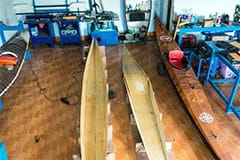
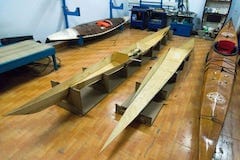
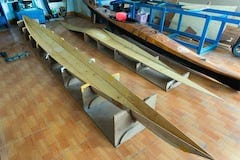
 sing staples to clamp 2 sheets of plywood together, I then cut the hull’s planks, port and starboard, all is composed from 3 pieces. Then the deck’s pieces, and other parts: forward and aft bulkheads, skeg box and skeg blade… After 3 boats, I can now cut the wood with quite some accuracy. Sometimes, I’d wished to have the accuracy of a CNC machine, but such a machine that can cut in the 1.22 x 2.44 m dimension is not a possible option for most home builders, including me.
sing staples to clamp 2 sheets of plywood together, I then cut the hull’s planks, port and starboard, all is composed from 3 pieces. Then the deck’s pieces, and other parts: forward and aft bulkheads, skeg box and skeg blade… After 3 boats, I can now cut the wood with quite some accuracy. Sometimes, I’d wished to have the accuracy of a CNC machine, but such a machine that can cut in the 1.22 x 2.44 m dimension is not a possible option for most home builders, including me.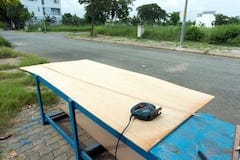
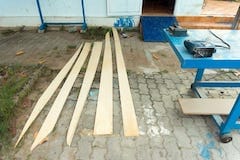
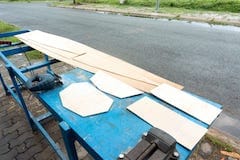
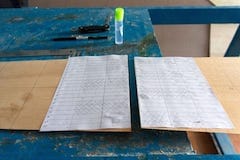
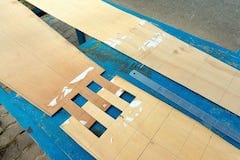
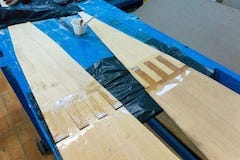
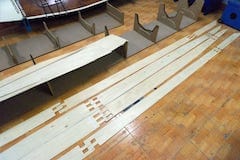
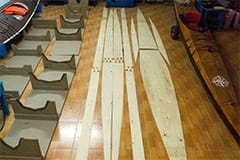
 es mots faciles, des mots fragiles, c’était trop beau, bien trop beau… Des mots magiques, des mots tactiques, qui sonnent faux, oui tellement faux… Merci, pas pour moi, mais tu peux bien les offrir à une autre… Paroles et encore des paroles, que tu sèmes au vent!
es mots faciles, des mots fragiles, c’était trop beau, bien trop beau… Des mots magiques, des mots tactiques, qui sonnent faux, oui tellement faux… Merci, pas pour moi, mais tu peux bien les offrir à une autre… Paroles et encore des paroles, que tu sèmes au vent!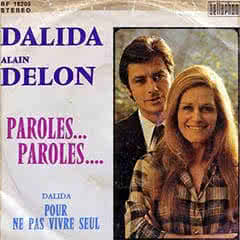
 erene – 1 is quite a distinctive boat, originally took inspiration from the Black Pearl and the Anas Acuta, but in it current status, it shares not a single common point with them. The hull has been transformed into a light cruising one with long water line, deeper V bottom, little rockers and a very narrow beam (45 cm). There’re times that I’m worrying on the feasibility of the design, except for some theoretical calculations, there’s nothing to ensure me that it would be a good watercraft.
erene – 1 is quite a distinctive boat, originally took inspiration from the Black Pearl and the Anas Acuta, but in it current status, it shares not a single common point with them. The hull has been transformed into a light cruising one with long water line, deeper V bottom, little rockers and a very narrow beam (45 cm). There’re times that I’m worrying on the feasibility of the design, except for some theoretical calculations, there’s nothing to ensure me that it would be a good watercraft.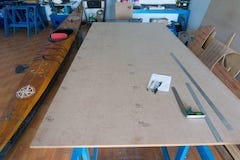
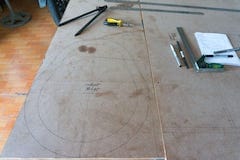
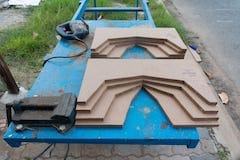
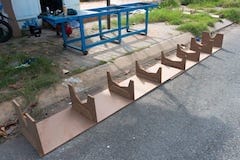
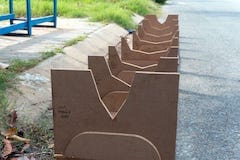
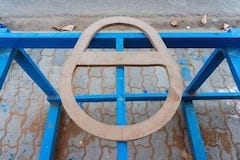
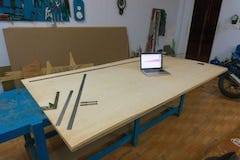
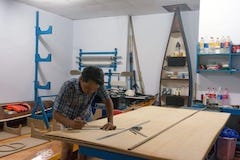
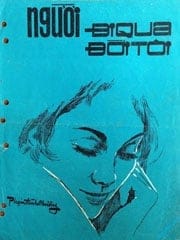
 inalized my new kayak design, a considerable amount of work on optimizing the hull shape, adjusting it back and forth to find out the minimum drag numbers (based on the Kaper algorithm) while keeping stabilities and other parameters under control. Some numbers: LOA / LWL (length overall / waterline): 5.500 / 4.945 m, BOA / BWL (beam overall / waterline): 0.452 / 0.420 m. I reduced the boat width to exactly my hip plus 4 fingers (that is: 36 + 9 cm, my fingers are quite big, 9 cm for 4 fingers).
inalized my new kayak design, a considerable amount of work on optimizing the hull shape, adjusting it back and forth to find out the minimum drag numbers (based on the Kaper algorithm) while keeping stabilities and other parameters under control. Some numbers: LOA / LWL (length overall / waterline): 5.500 / 4.945 m, BOA / BWL (beam overall / waterline): 0.452 / 0.420 m. I reduced the boat width to exactly my hip plus 4 fingers (that is: 36 + 9 cm, my fingers are quite big, 9 cm for 4 fingers).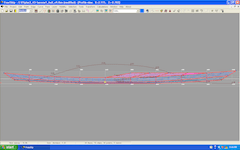
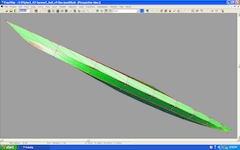
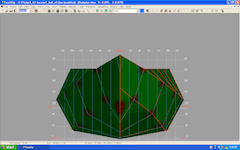
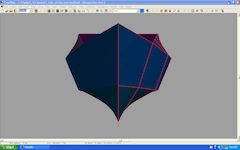
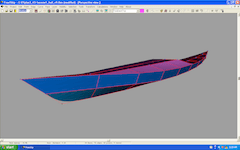
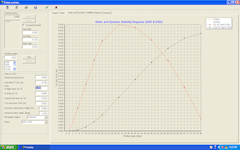
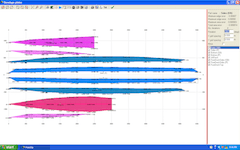
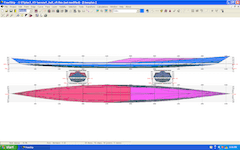
 ade some good progress in the process of modeling my new kayak… For a human – powered watercraft, water doesn’t like complex curves and shapes I think, so they need to be as simple as possible (it is not too simple to come to that simplicity though). The model is then decomposed by Free!Ship into several “developable” plates, at this point, professional builders could just output the plates to a large CNC machine, which would precisely cut the plywood accordingly.
ade some good progress in the process of modeling my new kayak… For a human – powered watercraft, water doesn’t like complex curves and shapes I think, so they need to be as simple as possible (it is not too simple to come to that simplicity though). The model is then decomposed by Free!Ship into several “developable” plates, at this point, professional builders could just output the plates to a large CNC machine, which would precisely cut the plywood accordingly.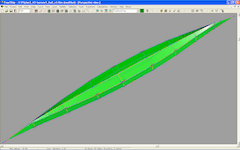
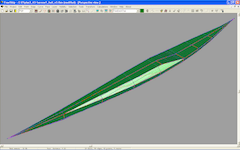
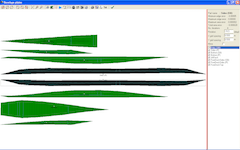
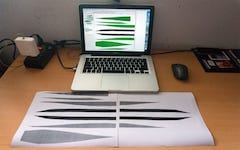
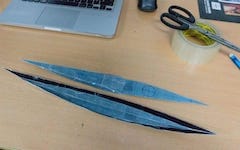
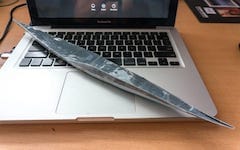
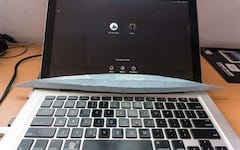
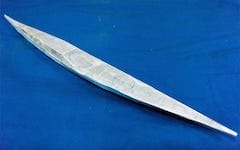
 t tooks just a few hours to learn the new software and construct the basic 3D objects: hull & deck. The time – consuming tasks are adjusting the shapes and playing around with hydrostatics. Some basic measures: LOA / LWL (length overall / waterline): 5.50 / 4.44 m, BOA / BWL (beam overall / waterline): 0.483 / 0.451 m, Draft: 0.1 m, S (wetted surface area): 1.66 m2, Cp (prismatic coefficient): 0.5619, LCB (longitudinal center of buoyancy): 0.5150, LCF (longitudinal center of floatation): 0.5192.
t tooks just a few hours to learn the new software and construct the basic 3D objects: hull & deck. The time – consuming tasks are adjusting the shapes and playing around with hydrostatics. Some basic measures: LOA / LWL (length overall / waterline): 5.50 / 4.44 m, BOA / BWL (beam overall / waterline): 0.483 / 0.451 m, Draft: 0.1 m, S (wetted surface area): 1.66 m2, Cp (prismatic coefficient): 0.5619, LCB (longitudinal center of buoyancy): 0.5150, LCF (longitudinal center of floatation): 0.5192.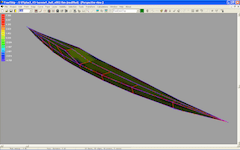
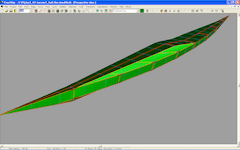
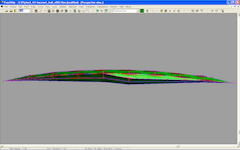
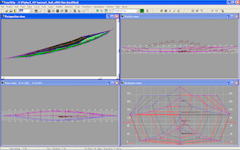
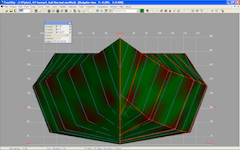
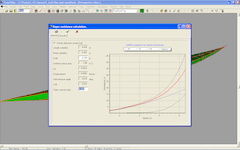
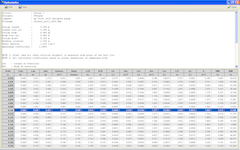
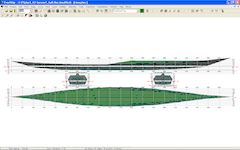
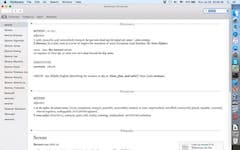
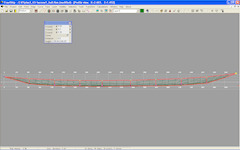
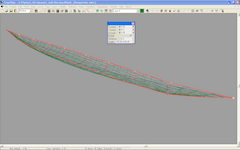
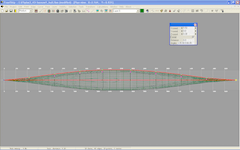
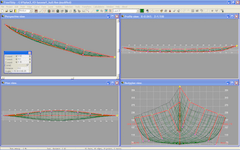
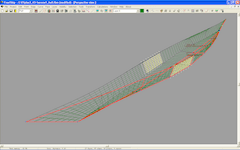
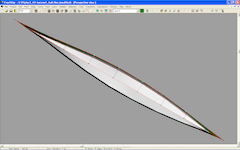
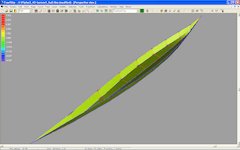
 hừng này tạm đủ như một lời giới thiệu ngắn gọn về giọng ca Thái Thanh, hơn 300 ca khúc của nhiều nhạc sĩ khác nhau: Phạm Duy, Phạm Đình Chương, Dương Thiệu Tước, Hoàng Trọng, Văn Phụng, Văn Cao, Lê Thương, Trịnh Công Sơn… Các ca khúc được xếp theo thứ tự ABC để tiện tìm kiếm. Những tựa in đậm là những ca khúc tôi thích và thường nghe. Chất lượng âm thanh không đồng nhất, tốt có, kém có, nguyên bản nhiều, remixed cũng lắm. Chất lượng âm nhạc… cũng thế!
hừng này tạm đủ như một lời giới thiệu ngắn gọn về giọng ca Thái Thanh, hơn 300 ca khúc của nhiều nhạc sĩ khác nhau: Phạm Duy, Phạm Đình Chương, Dương Thiệu Tước, Hoàng Trọng, Văn Phụng, Văn Cao, Lê Thương, Trịnh Công Sơn… Các ca khúc được xếp theo thứ tự ABC để tiện tìm kiếm. Những tựa in đậm là những ca khúc tôi thích và thường nghe. Chất lượng âm thanh không đồng nhất, tốt có, kém có, nguyên bản nhiều, remixed cũng lắm. Chất lượng âm nhạc… cũng thế!









